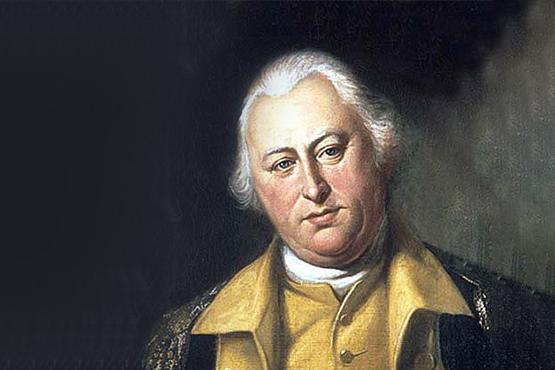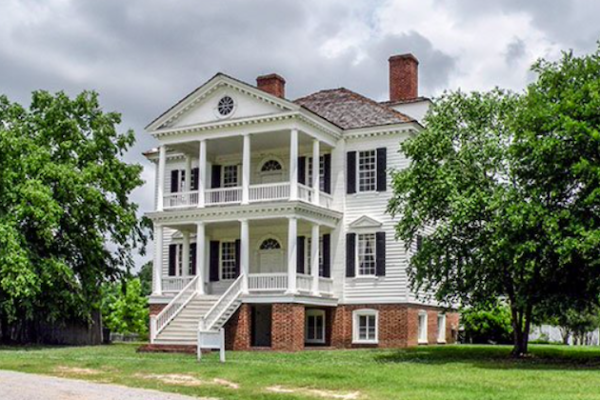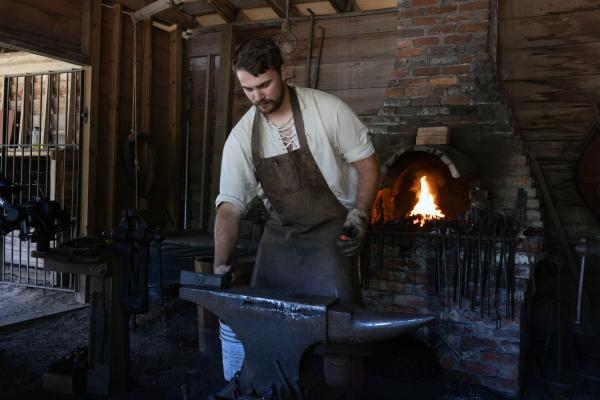
Shays' Rebellion
Reposted from battlefields.org by Isaac Makos
In 1786, only a few years after the end of the Revolutionary War, the new United States had to confront a crisis: a rebellion was brewing in the very same state where the war for American independence had begun only eleven years earlier.
The roots of Shays’ Rebellion lay in the document which created the first government of the United States, the Articles of Confederation. Under the Articles, the federal government had extremely limited powers. This made sense to its drafters, who were, at that moment fighting a war to separate themselves from a powerful central government in London that they saw as tyrannical. Under the Articles of Confederation, the federal government could not impose taxes on the people directly; it could only to request money from the state governments, which held the power to tax their citizens. Each state was also responsible for paying its own portion of the massive debt that had been accumulated to fund the war effort against Britain.
To pay its creditors, merchants in Massachusetts convinced their state government to raise taxes. Among the hardest hit by these new high taxes were farmers in the western part of the state. These farmers had little hard currency on hand, and often relied on barter and credit to obtain goods and services. In addition, many of these farmers were veterans of the Revolutionary War. Throughout the war, these veterans received less than their full amount of earned pay for their service, sometimes receiving no pay at all. Pensions were only provided to men who had been disabled by wounds, and to the widows of soldiers who had been killed.
When farmers could not afford to pay their taxes or debts, their farms were seized through foreclosure. Some who were unable to pay were sent to debtors’ prisons. Revolutionary War veterans like Captain Daniel Shays felt abandoned and betrayed by their government, which had failed to pay them during the war and now crushed their livelihoods. When the Massachusetts state government adjourned in August 1786, without considering petitions for debt relief, a group of over 1,000 farmers marched on the town of Northampton and prevented the court from convening to conduct foreclosure proceedings. The farmers called themselves “Regulators,” referencing a similar rural uprising that had occurred in North Carolina prior to the Revolution.
Daniel Shays was one of the farmers who took part in the march on Northampton. The next month, he was one of the leaders of a group of armed farmers who successfully intimidated the court in Springfield into adjourning without hearing any foreclosure cases. As the news of these uprisings spread through the nation, George Washington wrote nervously to one of his former aides that, “commotions of this sort, like snow-balls, gather strength as they roll.” In January 1787, Benjamin Lincoln, a former general in the Continental Army, raised money from Massachusetts merchants to recruit and equip a militia of 3,000 men to suppress the rebels.
Meanwhile, Shays and other leaders of the rebellion marched on the federal arsenal at Springfield, hoping to seize the weapons stored there and use them to overthrow the state government. On January 25, 1787, Shays’ force of around 1,500 men approached the armory, which was defended by 1,200 state militia under Major General William Shepard. When warning shots failed to get Shays to halt his advance, Shepard ordered cannons to fire grapeshot at the approaching rebels. 4 of Shays’ men were killed and 20 were wounded, and the rebel force retreated from the armory. They retreated north into the hills, pursued by the militia under Benjamin Lincoln which had arrived from the eastern part of the state. In early February, Lincoln led his men on a night march through a snowstorm to surprise the rebel camp. The rebels who were not captured fled and dispersed into the countryside, with many of them, including Shays, escaping over the border into New Hampshire or Vermont. Apart from a few small skirmishes, the rebellion was over. In 1788, Shays was pardoned and returned to Massachusetts.
Shays’ Rebellion left many people calling for reforms to the government of the United States. This desire to make the federal government more functional and responsive to the needs of the people culminated at the Philadelphia Convention of 1787. While the Convention was called with the stated purpose of amending the Articles of Confederation, its delegates instead created an entirely new foundational document, with a new structure of government: the Constitution of the United States.
Uncovering History
We invite you to visit the preserved locations along the Liberty Trail and to immerse
yourself in the extraordinary events that determined the fate of a nation.







